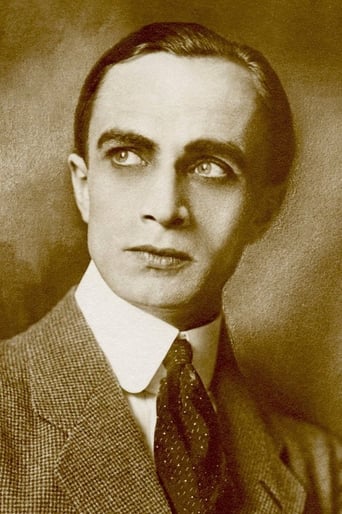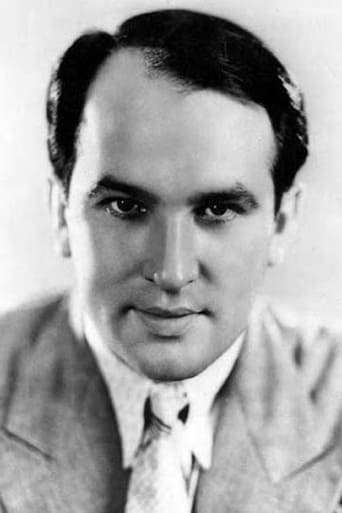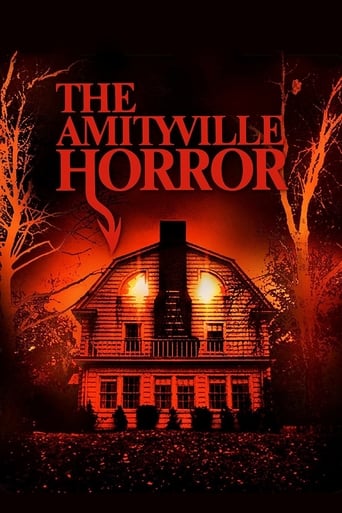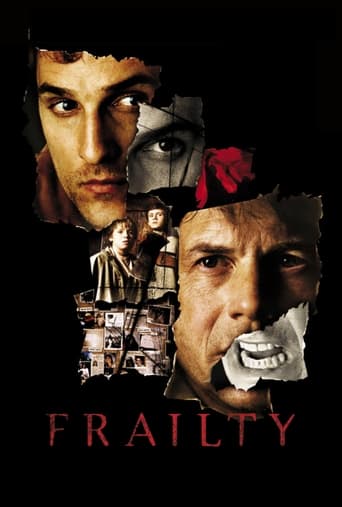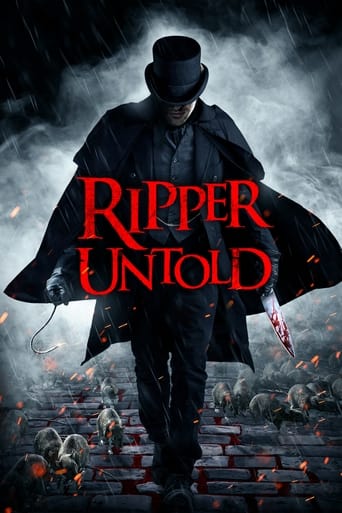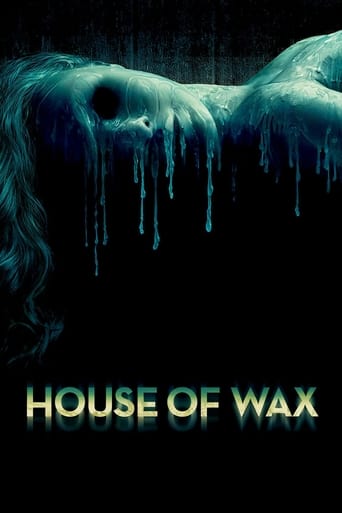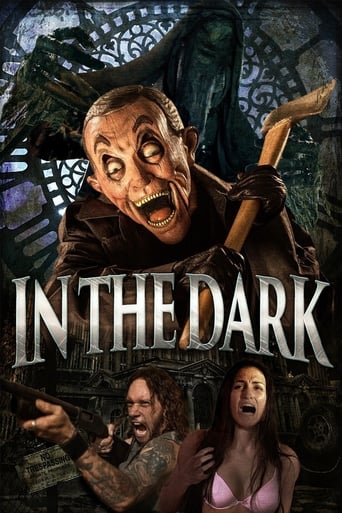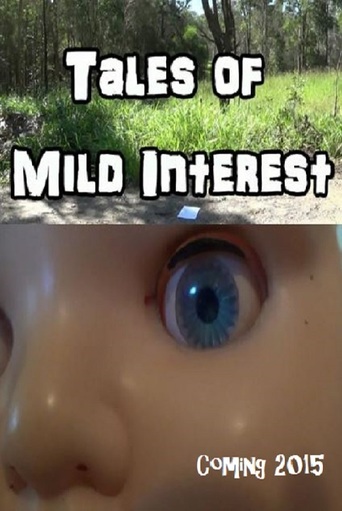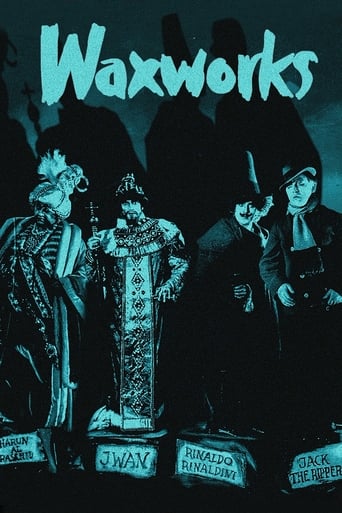
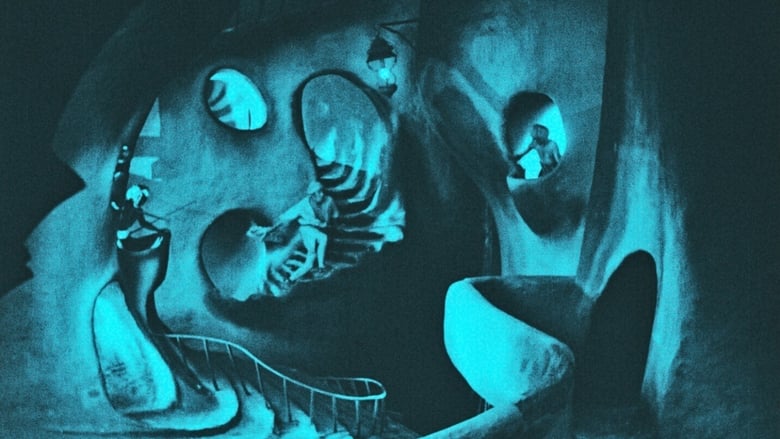
Waxworks (1926)
A poet is hired by the owner of a wax museum in a circus to write tales about Harun al Raschid, Ivan the Terrible and Jack the Ripper. While writing, the poet and the daughter of the owner, Eva, fantasize the fantastic stories and fall in love for each other.
Watch Trailer
Cast


Similar titles
Reviews
How sad is this?
Although it has its amusing moments, in eneral the plot does not convince.
This story has more twists and turns than a second-rate soap opera.
One of the worst ways to make a cult movie is to set out to make a cult movie.
It's only when you begin to delve deeper into works of German Expressionism that you can appreciate how important and influential a film was 'The Cabinet of Dr. Caligari (1920).' It demonstrated to filmmakers and audiences that cinema is an inherently artificial medium, and so, rather than striving for realism, films should emphasise the fake and fantastic elements of their story. Though Frenchman Georges Méliès had first struck on this idea at the turn of the twentieth century, it was Robert Wiene's creative horror film that established German Expressionism as the defining artistic style of the 1920s, securing post-War Germany as cinema's most prominent innovator and paving the way for directors F.W. Murnau, Fritz Lang and Paul Leni {each of whom were later coaxed to Hollywood to share their expertise}. The hand of 'Caligari' is evident throughout 'Das Wachsfigurenkabinett / Waxworks (1924),' a fantasy/horror that is framed around a young writer's attempt to concoct thrilling tales to accompany three carnival waxwork characters - Harun al Raschid, Ivan the Terrible and Jack the Ripper.Three names come to mind more readily than most when one considers silent German actors: Conrad Veidt {'The Man Who Laughs (1928)'}, Werner Krauss {'Herr Tartüff (1925)'} and, of course, Emil Jannings {'Faust (1926)'}. It's no surprise that both Veidt and Krauss had achieved their stardom with 'The Cabinet of Dr. Caligari' four years earlier, and the parallels between that film and 'Waxworks' stretch much further than the mere casting decisions. The film, co-directed by Paul Leni and Leo Birinsky, employs grossly-exaggerated art direction {the sets designed by Leni himself} and Helmar Lerski's imaginatively-warped cinematography to highlight the fantasy in each story, even though there are very few elements that would ordinarily be considered fantastic. Emil Jannings plays the rotund Harun al Raschid, the fifth Abbasid Caliph, with a loathsome repugnance that gradually gives way to a certain likability. When his intentions towards the beautiful Maimune (Olga Belajeff) are shown to be friendly rather than sexual, he becomes an affable and cartoonish oaf.This segment is followed by the story of Ivan the Terrible (Conrad Veidt), who is driven to madness by the trickle of sand through an hour-glass, every falling grain bringing him closer to demise. Veidt plays the cruel Grand Prince of Moscow with a wide-eyed craziness that calls to mind the intense acting style of fellow-German Klaus Kinski. One of the earliest portrayals of Ivan the Terrible, this segment no doubt influenced Sergei Eisenstein when he directed 'Ivan the Terrible: Part I and II (1944).' The final story, definitely the scariest of the three, concerns Jack the Ripper also referred to as the mythical Spring-Heeled Jack for some reason, perhaps due to a translation error. Though it barely runs for five minutes, I found my heart genuinely thumping as Jack (Werner Krauss) stalked through the dream-like haze of Luna Park, as the young writer (William Dieterle) and his girl (Olga Belajeff) flee from his multiple eerie shadows, every step leading them ever-so-closer to the cold glint of his knife.The framing device around which 'Waxworks' revolves unavoidably leads to a distracting unevenness of tone, the atmosphere fluctuating between light-hearted comedy and gruelling horror. Also rather frustrating is the fact that Jannings' segment, while certainly entertaining at a satisfactory level, is afforded so much screen-time, and yet Krauss' Jack the Ripper killing-spree is wrapped up in a matter of minutes. Since a fourth character tale, about Rinaldo Rinaldini, was scrapped due to budget constraints, I suspect that funding also played a role in reducing the third act. However much of an oddity it might be, 'Waxworks' is nevertheless a visual marvel, and no shortage of imagination has been expended on the strange and exciting set and costume designs. The film certainly impressed studios in Hollywood, for director Paul Leni was subsequently lured to the United States to continue his career, after which he notably directed 'The Cat and the Canary (1927)' and 'The Man Who Laughs (1928),' before his premature death in 1929.
This is a movie that features 3 kind of different stories, when the owner of a wax museum hires a writer to write 3 stories for 3 of his models; Harun al Raschid, Ivan the Terrible and Jack the Ripper. It provides the movie with 3 different stories, set at different times and each with a new different main character, played by the finest 3 German actors of their time period. It's a very creative and interesting concept, also of course really when considering that this movie got made in 1924.In order to keep all of the stories still somewhat connected and make the movie more coherent as a whole, all of the stories feature the two actors William Dieterle and Olga Belajeff, each time in different roles. But when you have 2 stories of about halve an hour and then another one of just 5 minutes, can you still really call this movie a coherent one? It can be presumed that budgeting reasons was the reason why the last story of the movie is so much shorter. It was originally even planned to shoot a fourth story about Rinaldo Rinaldini. The character can still be seen at the start of movie, standing between the other waxed characters. Even though all stories are different and set in completely different time periods, they still have the same overall style over it, which still is a reason why this movie still feels like a whole one.All the episodes are good looking but the stories for it aren't always that interesting. Basically since it at times it kind of dragging and despite some early action and adventure elements, the movie still is sort of a lackluster. Well lack-lusting perhaps isn't the right way to describe it. It's more that it's not really engaging enough at all times.But of course the looks and style of the movie compensate a lot. This is a real expressionistic German movie, with some fantastic distinctive expressionistic sets. That alone already makes this movie for the lovers of German expressionistic style an absolute must-see.It's absolutely a great fact that this movie features Emil Jannings, Conrad Veidt and Werner Krauss, who were really the biggest, best known and best German actors of their time. The movie also features William Dieterle, who later gained more fame as a director of movies such as "The Life of Emile Zola" and the 1939 version of "The Hunchback of Notre Dame", with Charles Laughton.It's basically a fun entertaining movie from the early '20's, that is truly worth watching for plenty of reasons.8/10http://bobafett1138.blogspot.com/
As it happens, this is yet another faux horror film from director Paul Leni - but, then, it's mentioned in every book on the genre I have, so this common misconception has probably more to do with the authors than with the films themselves having been sold back in the day as such! Anyway, this factor had certainly marked my initial viewing of the film - which, again, I had found rather disappointing; a second look reaps rewards in that it can be taken for what it is - and not for what it's been played up to be over the years! That said, the film started cinema's macabre interest in wax museums which, by and large, endures to this day... The premise itself is undeniably interesting: a young writer is asked to concoct blood-curdling tales about famous historical figures (we're not told what they are for, but I'd assume that the fairground owner would relate these tales on a stage to draw the crowds in). Initially it was intended to be a four-part film with the characters being Caliph Haroun-al-Raschid, Czar Ivan "The Terrible", Jack The Ripper (dubbed "Spring-Heeled Jack"!; is that how the notorious serial killer was known in the U.S.?) and highwayman Rinaldo Rinaldini; eventually, the whole section relating to the latter was dropped (but I'm curious to know who had been cast in this role - his wax figure is still visible in the linking narrative, but I couldn't discern the 'actor' whom it was supposed to look like!).The Haroun-al-Raschid episode is the first, longest and least 'horrific': in fact, it's outright comedy for the most part, with Emil Jannings' obese and perennially grimacing Caliph flirting with the beautiful wife (Olga Belaieff) of poor but jealous baker Wilhelm Dieterle; the latter, meanwhile, is scolded by the girl for their poverty and colorless lifestyle - so he contrives to break into the Caliph's palace and steal his "wishing ring". What he doesn't know is that the figure in the Caliph's bed is made of wax: he cuts the hand and takes it to his wife (who is concealing the real Caliph inside her husband's oven!), pursued by the palace guards; the wife, then, pulls a magic trick by 'summoning' the Caliph intact - but asks the latter to reward her husband by making him his personal baker! The sets (designed by Leni himself) for this episode are spectacular, and they're made even more arresting by being filtered through the director's Expressionist sensibilities - so that everything appears distorted and generally exaggerated. This entire Arabian Nights set-up apparently inspired Douglas Fairbanks to make THE THIEF OF BAGDAD (1924), and Kino provides a brief clip from that film for the sake of comparison.The second episode - dealing with Czarist Russia at the time of Ivan "The Terrible" (embodied as a neurotic by Conrad Veidt, in a performance that anticipates the intense acting style that Klaus Kinski would come to be known for!) - is the best, despite its extremely slow pace. Interestingly, the stylized look of this section of the film also foreshadows Sergei Eisenstein's awesome two-part version made some 20 years later (which even adopts the ruse of having Ivan change places with a subordinate in order to dodge an assassination attempt). The romantic leads of the first story (who are actually those of the linking narrative - Dieterle being the young writer and Belaieff the daughter of fairground owner John Gottowt) return here as a couple whose wedding is disrupted by Veidt, who takes a liking to the girl and has her abducted to his lair. The plot is resolved when Ivan's poison-mixer (this is how the Czar dispatches his enemies) is imprisoned by his own increasingly paranoid ruler, but the former takes his revenge by inscribing Ivan's name on a sandglass - the marker that a new victim has been poisoned and has an hour to live - after which the Czar, driven insane, keeps turning the hour-glass upside down in a desperate attempt to buy himself a little more time...! Again, apart from Veidt himself, the sets are the main thing here; the generally grim tone of this episode makes it borderline horror, which is only really achieved by the third - and, regrettably, shortest - segment.The Jack The Ripper story (if so it can be called) actually ties in with the linking narrative, as the writer is stalked in the fairground tent itself by the knife-wielding maniac (incarnated by the resident villain of the German Expressionist movement, Werner Krauss); I say incarnated because the character isn't developed in any way, given that the episode lasts for barely 5 minutes (surely the horror fan's biggest bone of contention with this entertaining super-production) - still, the vision of his menacing shadowy figure superimposed, magnified and replicated all over the place is extremely effective and one of the undeniable highlights of the entire film.The restored print of WAXWORKS presented here includes several tinted sequences which, though nicely done, draw too much attention to themselves and, worse, tend to obscure some of the details in the image!
I really enjoyed that film. It's not a masterpiece, like "Caligari" or "Nosferatu", but a good fun film anyway. Veidt and Jannings are wonderful. The first part, about Haroun al Rashid (played by Emil Jannings), is very humorous (and funny as well), with well written plot. The second part, about Ivan the Terrible (played by Conrad Veidt), is, in contrast, very dark and depressing. In my humble opinion, it is much better than Eisenstein's movie (which also steals shamelessly from it); for sure, Veidt is better than Cherkasov. The third story is something really weird: it starts and suddenly ends, like the crew ran out of money.So, a lot of humour in the first part, a lot of "Russian gothic" ;-) in the second part, good acting, good plot, great sets -- if you like silent movies (especially expressionist silent movies), don't miss this one!P.S. If you like silent movies and still haven't seen "Cabinet of Doctor Kaligari" and "Nosferatu, symphony of horror", see them first -- they are better than "Waxworks"!



